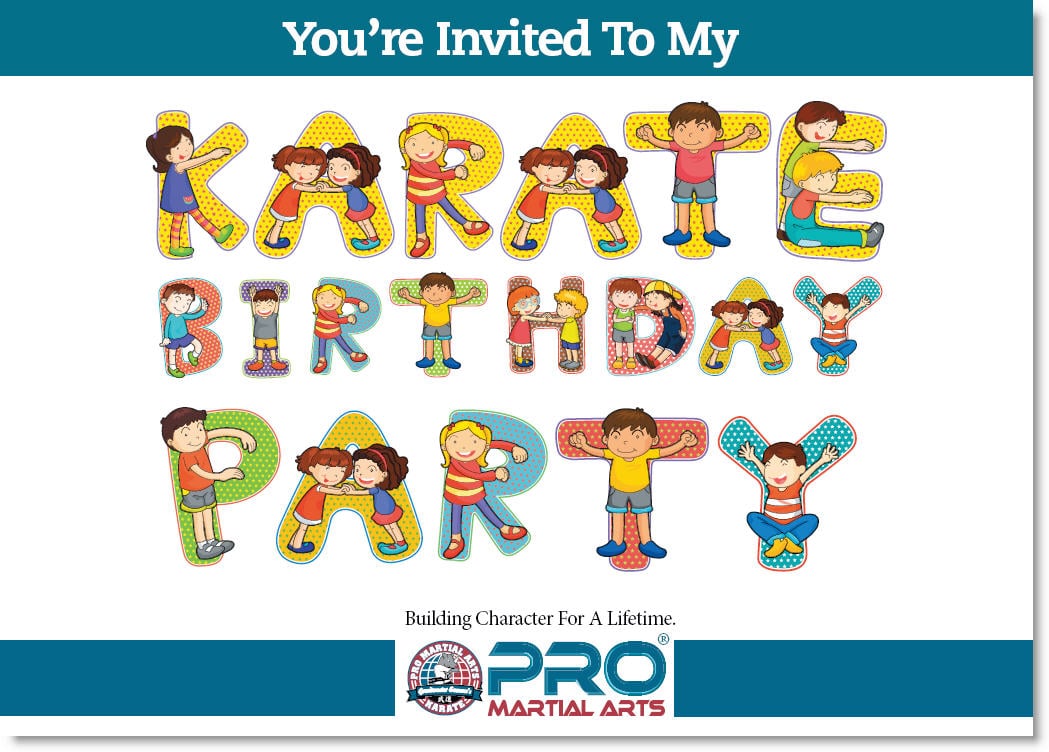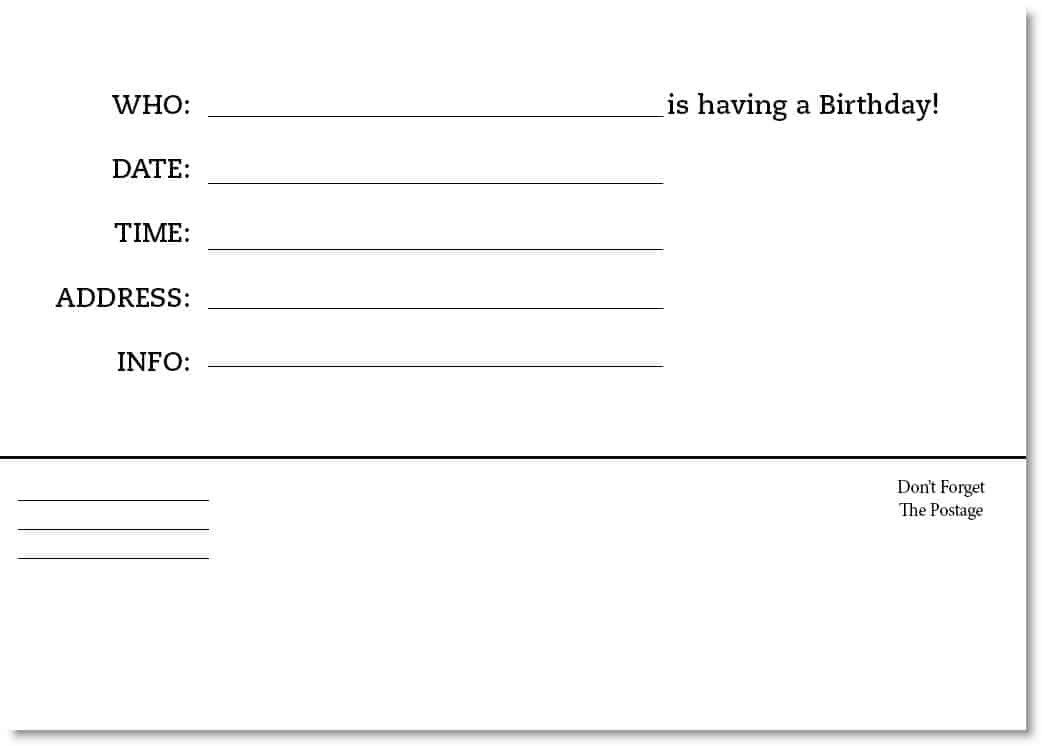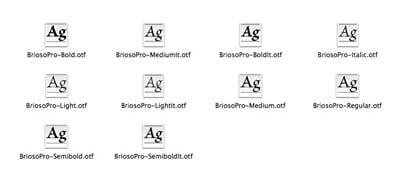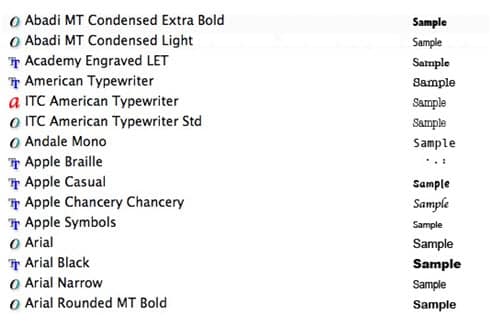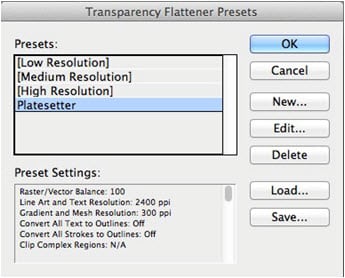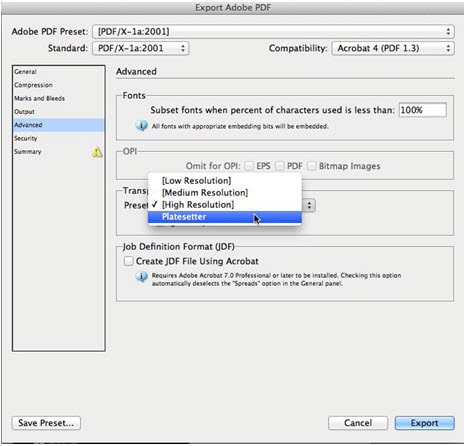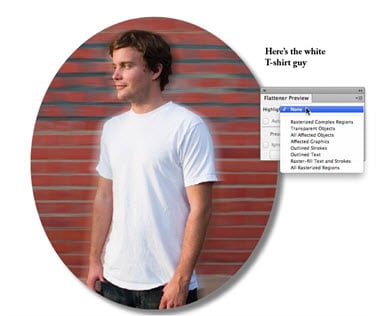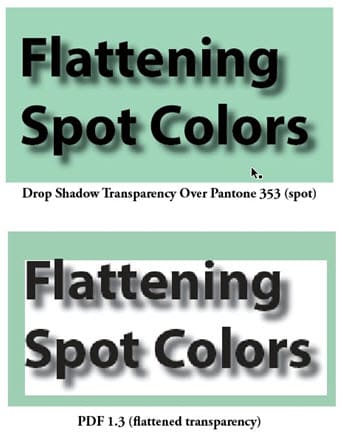Here is a creative way to use a postcard to announce a birthday party, as done by Pro Martial Arts. This makes for a fun, safe destination for the kids and parents, and gets people in the door not only for the party, but also as potential future students; a win-win all around. Great marketing piece!
Need help with your print? Talk to a live print expert today: 800-930-7978.

